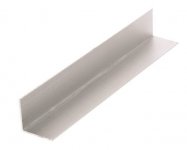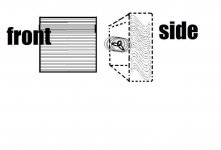weedlover_89
Member
Wonderful thread! I have have 2 questions though, would love any answers!
1)Is this okay to use to make the vent?
[FONT=Arial, Helvetica, sans-serif]262.jpg[/FONT]
2)I want to make a lightproof vent for a space which is 10x10 and which is ventilated by 3x6" exhaust fans and 1x10" fan. What dimensions should the vent have?
Thank you very much!
1)Is this okay to use to make the vent?
[FONT=Arial, Helvetica, sans-serif]262.jpg[/FONT]
2)I want to make a lightproof vent for a space which is 10x10 and which is ventilated by 3x6" exhaust fans and 1x10" fan. What dimensions should the vent have?
Thank you very much!






